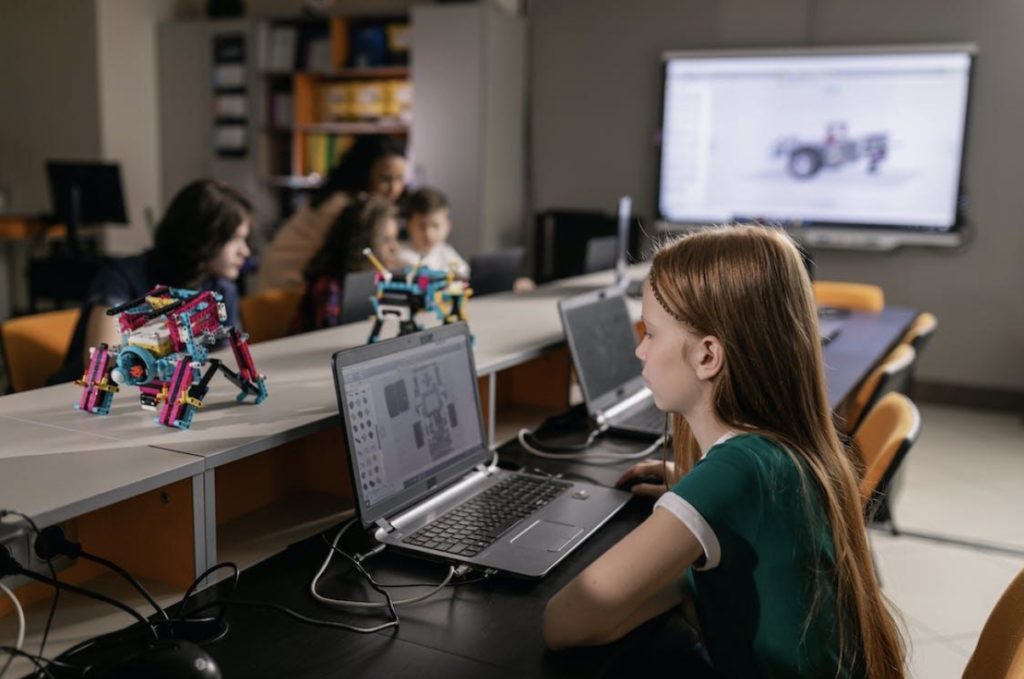
Education is the sole element in a student’s life, constantly building their knowledge. However, numerous issues surface regarding engaging them in the classroom. Many have short attention spans, and most seem to disengage at some point. One way to combat this issue is to make each session shorter. However, another overlooked solution is integrating technology into their everyday lives. While technology might be a distraction, it allows individuals to gain more interest in the topic. Doing so is not a straightforward process.
This article elaborates on the various methods in which technology engages individuals. You can learn about the technologies you can use and how they promote learning.
Encourage the Use of Technology for Essay Writing
Many professors discourage using online resources when it comes to writing essays. While it is true that it might entail a higher risk of plagiarism and cheating, using it effectively prevents this issue. Encouraging individuals to get inspired from a free essay sample is can be beneficial. As well as pushing them to utilize the free plagiarism checker unlimited times. This technology is beneficial in numerous ways. First, it drives people to double-check their essays, ensuring they are plagiarism-free. Secondly, it prevents more severe consequences from surfacing. That includes sanctions and suspensions due to high plagiarism.
Another means to enhance essays in college is shifting up the submission requirements. For example, instead of the traditional piece, ask them to submit it as a blog or a video. This promotes various methods of learning. It also has the power to increase creativity, pushing individuals to think outside their comfort zone.
How Does Technology Motivate and Engage
Undoubtedly, student engagement with technology is more detrimental than beneficial. However, research on technology-rich classrooms portrayed reality. It illustrated that individuals in that environment are more invested. This might be due to eliminating the passive learning process. While it is the traditional means of education, it is often relatively ineffective. The alternative is exploring interactivity. However, limiting individual access to the internet and resources is a good idea. That guarantees to limit their exposure. It also prevents them from accessing external material not relevant to the class.
What Innovative Technologies Can Be Used in the Classroom?
First, it is essential to note that not all technologies are beneficial. For example, supplying every individual with a tablet might backfire. That’s because they would be free to download external resources and get distracted during class. That being said, the ideas for integrating innovative technologies are endless. Some of them are discussed below.
Gamification to Engage the Classroom
Reflect on their interests if you want to learn how to engage with students while teaching them. One commonality shared by almost everyone is the love for games. There are multiple examples you can utilize. However, an all-time favorite would be “Kahoot!”. A research paper highlights the benefits of this application. Individuals engage more when the application is used, allowing them to be tested on their knowledge. This app can determine the extent individuals know about a specific subject. One can even turn it into a competition with prizes.
3D Printing As Innovative Technology
3D printing has revolutionized how we perceive science, engineering, and technology. It has been integrated into numerous places. That includes research centers, technological institutes, and hospitals. Hence, if a school or university can access a 3D printer, it can uplift the means of learning. Instead of showing individuals slides of models, you can now print them out in class. This student’s technology reaches visual and kinesthetic learners. Moreover, it increases curiosity and the will to learn.
Virtual Reality
This particular technology is ever-growing. Hence, the options one has are endless. Students with technology such as augmented reality would be more excited to be part of the class. It even opens up opportunities for virtual field trips that would otherwise be impossible to reach. This technology enables real-life experiences to be witnessed without the danger of traveling. One drawback would be the lack of spatial awareness when immersed in the virtual world. Another possible issue that might arise is motion sickness. You cannot guarantee each person will be able to try out the same technology. Hence some might be left out.
Conclusion: Engaging Students By Utilizing Technology in Class
The bottom line is regardless of the specific technology, proper monitoring is required. For example, not every person will engage the same amount, irrespective of the learning process utilized. Hence, more often than not, shifting things in class is the ultimate way to go.
Ensuring that the classroom never becomes stagnant drives individuals to desire to be part of it. Instead of using passive learning, each classroom should integrate specific types of technologies. The specificities will vary according to individuals’ ages, the course, and how dissociated the people tend to become.
